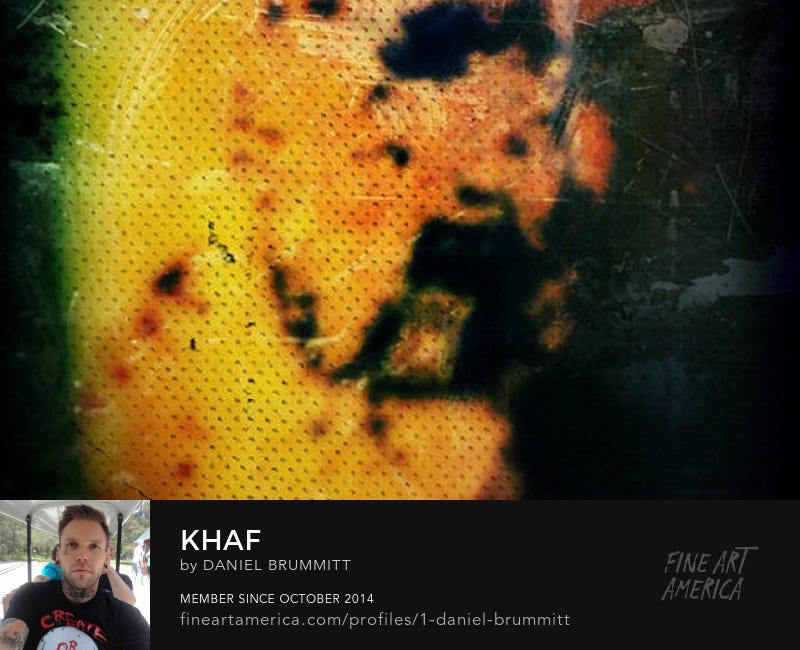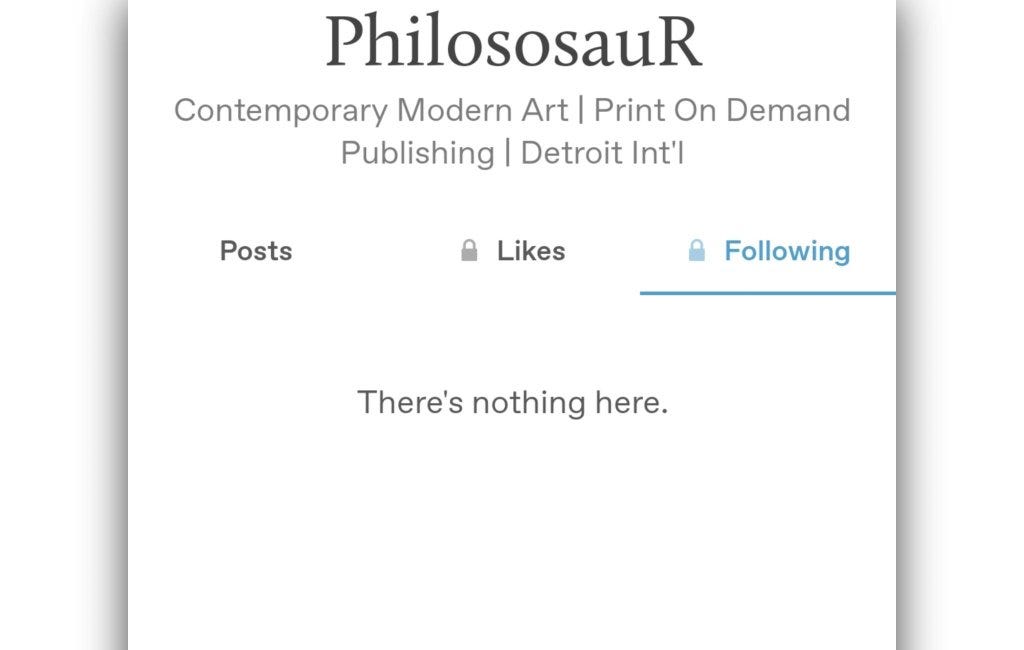The Illusion of Consensus:
How AI, Bots, and Troll Farms Manufacture Reality
We know AI isn’t neutral—but the bigger danger is how AI, bots, and troll farms blend together to create artificial consensus, shaping what we believe is "real" or "popular." This isn’t just about skewed search results—it’s about the deliberate engineering of social perception.
And the scariest part? It’s working.
1. The Rise of the Bot-Driven Narrative Machine
Social media platforms are flooded with fake accounts, AI-generated personas, and state-sponsored trolls designed to:
Amplify certain ideas (making fringe views seem mainstream).
Drown out dissent (brigading critics into silence).
Trigger real-world actions (protests, stock swings, even violence).
How it works:
Astroturfing: A small group (or algorithm) creates thousands of bot accounts to mimic grassroots support.
Trend Manipulation: Coordinated posting gets hashtags trending, fooling both users and journalists.
Real-Life Spillover: Once enough people believe a narrative is "real," it changes behavior—whether it’s buying a product, joining a protest, or fearing a fake threat.
Example:
#MeTooOpposition Bots: In 2018, researchers found a network of fake accounts pushing anti-#MeToo rhetoric—some tied to foreign influence ops.
Meme Stock Frenzies: Reddit’s WallStreetBets was infiltrated by bots hyping (or dumping) stocks to manipulate prices.
2. The AI-Troll Farm Feedback Loop
Modern troll farms don’t just rely on humans—they use AI-generated text, deepfake audio, and synthetic profile pictures to appear authentic.
The Process:
AI Creates the Content: ChatGPT-style bots generate realistic comments, tweets, and even fake news articles.
Bots Distribute It: Thousands of accounts spread the message simultaneously.
Real People Engage: Unsuspecting users react, argue, or share—giving the illusion of organic debate.
Media Amplifies It: Outlets report on "viral trends," unaware (or complicit) that they were artificial.
Result?
False consensus effect: People assume "everyone is saying this" when it’s really just bots + a few real users.
Polarization acceleration: Troll farms play both sides, inflaming conflicts for engagement.
3. When Online Fiction Becomes Offline Fact
The most dangerous outcome? Digital fiction spilling into reality.
Pizzagate (2016): Fake online conspiracies led to a real armed confrontation at a D.C. pizzeria.
Anti-Lockdown Protests (2020): Bot networks amplified anti-mask rhetoric, which turned into real-world rallies.
AI-Generated Radicalization: YouTube’s algorithm (an early AI bias case) pushed extremist content, radicalizing real people.
The Pattern:
Bots plant an idea.
AI algorithms amplify it.
Real people act on it.
4. Fighting Back Against Manufactured Reality
How to Spot Bot-Driven Narratives:
✅ Check Account Histories:
New accounts with no personal posts? Likely fake.
Generic usernames (e.g., "JohnSmith_4581")? Red flag.
✅ Reverse Image Search Profile Pics:
Many bots use AI-generated faces or stolen photos.
✅ Watch for Copy-Paste Language:
Identical phrases across multiple accounts = bot campaign.
✅ Use Bot-Detection Tools:
BotSentinel, Botometer, and Twitter’s own (flawed) transparency reports.
How to Break the Cycle:
Slow Down: Don’t engage with viral trends immediately—wait to see if they’re organic.
Diversify Feeds: If one narrative dominates your timeline, seek out contrarian sources.
Demand Transparency: Push platforms to label AI-generated content and purge bot networks.
Final Thought: The War for Reality
We’re not just fighting misinformation anymore—we’re fighting algorithmically engineered perception. The next big protest, stock surge, or cultural shift might not be real people speaking—it could be a million bots pretending to be a movement.
Question everything. Trust nothing until verified. Because in the age of AI, reality itself is under attack.
What’s the most blatant example of bot-driven narrative manipulation you’ve seen? Drop your experiences below.
The Invisible Hand Behind AI:
We like to think of artificial intelligence as an objective, all-knowing oracle—a neutral synthesizer of human knowledge. But the truth is far messier: AI doesn’t just reflect reality—it distorts it, based on who controls the data it was trained on.
The Blame Game: How Social Media Owners Control the Narrative, Not Consumers"
As former CMO of a social media network, I learned a thing or two about what's true and false regarding who's really to blame: owner, producer vs. consumer.
Pressure Tumblr To Stop Mass Terminating Our Accounts!
Pressure Tumblr To Stop Mass Terminating Our Accounts!







